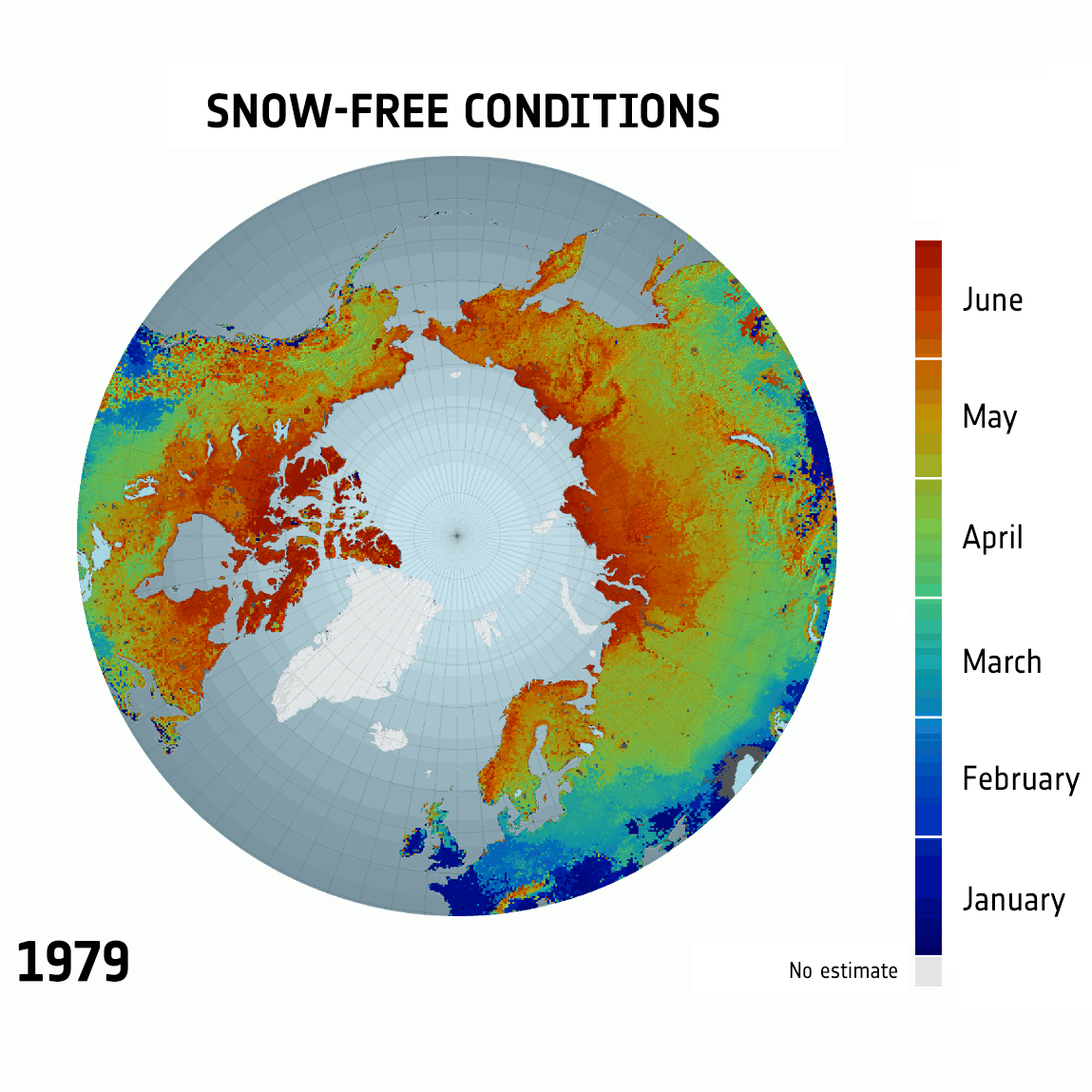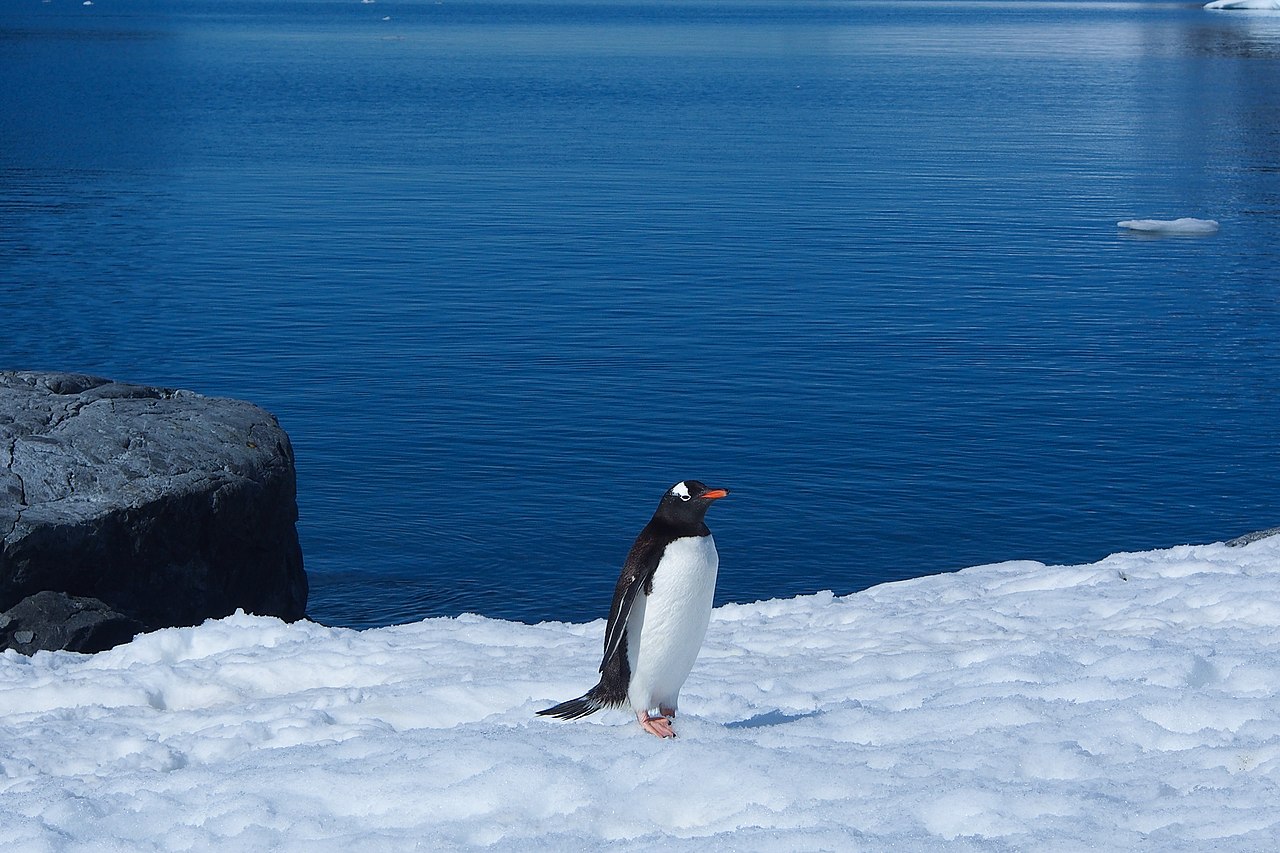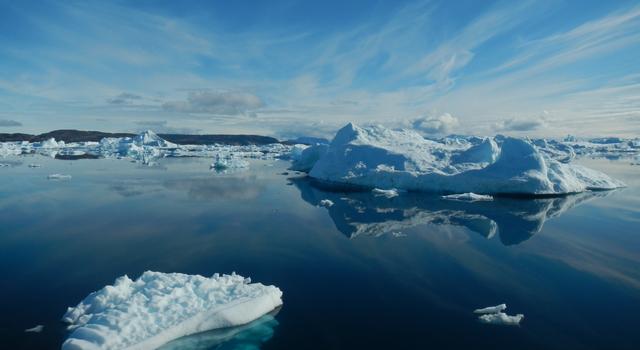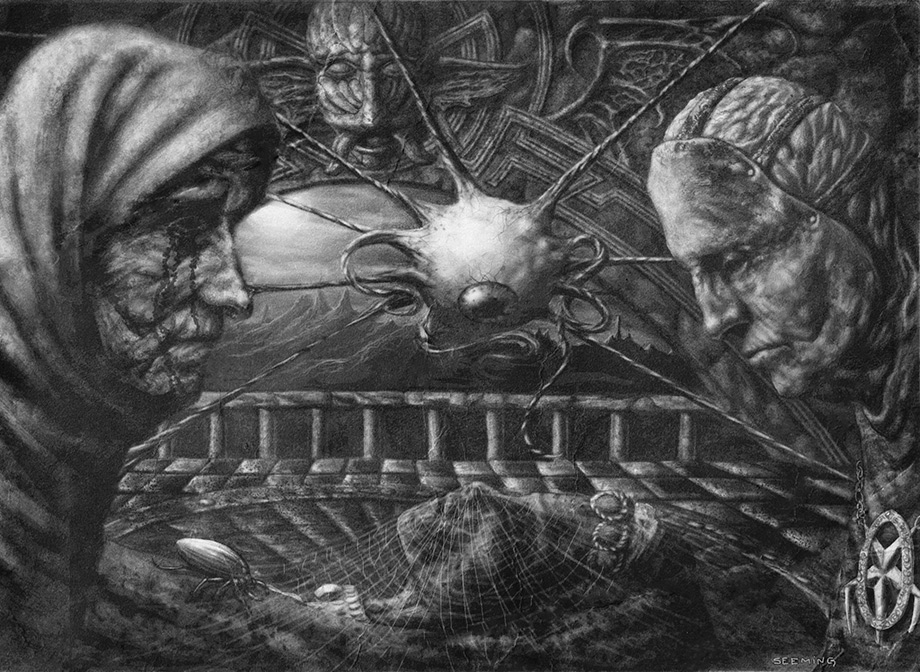Herbal Healing in Herbalism
From Wikipedia, the free encyclopedia
Jump to navigation Jump to search "Phytomedicine" redirects here. For the journal, see
Phytomedicine (journal).
Herbalism (also herbal medicine) is the study of
botany and use of
plants intended for
medicinal purposes. Plants have been the basis for medical treatments through much of human history, and such
traditional medicine is still widely practiced today.
[1] Modern medicine makes use of many plant-derived compounds as the basis for evidence-based
pharmaceutical drugs. Although
phytotherapy may apply modern standards of effectiveness testing to herbs and medicines derived from natural sources, few high-quality
clinical trials and standards for purity or dosage exist. The scope of herbal medicine is sometimes extended to include
fungal and
bee products, as well as
minerals,
shells and certain animal parts.
The term, phytomedicine, may also refer to the science of pathology and damage to plants, the causes thereof, their manifestations, development, dissemination, methods for maintaining plant health, and measures used to control plant diseases and their causes.
Herbal medicine is sometimes also used to refer to paraherbalism or phytotherapy, which is the
alternative and
pseudoscientific practice of using of
extracts of plant or animal origin as supposed medicines or health-promoting agents.
[1][2][3] Phytotherapy differs from plant-derived medicines in standard
pharmacology because it does not isolate and
standardize the compounds from a given plant believed to be biologically active. It relies on the false belief that preserving the complexity of substances from a given plant with less processing is safer and potentially more effective. There is no evidence that either condition applies.
[3] Herbal
dietary supplements most often fall under this category.
[2] History
Main articles:
History of herbalism and
Materia medica Archaeological evidence indicates that the use of
medicinal plants dates back to the
Paleolithic age, approximately 60,000 years ago. Written evidence of herbal remedies dates back over 5,000 years, to the
Sumerians, who compiled lists of plants. A number of ancient cultures wrote about plants and their medical uses in books called
herbals. In ancient Egypt, herbs are mentioned in
Egyptian medical papyri, depicted in tomb illustrations, or on rare occasions found in medical jars containing trace amounts of herbs.
[4] Among the oldest, lengthiest, and most important medical papyri of ancient Egypt, the
Ebers Papyrus dates from about 1550 BC, and covers more than 700 drugs, mainly of plant origin.
[5] The earliest known
Greek herbals come from
Theophrastus of Eresos who in the 4th c. B.C. wrote in
Greek Historia Plantarum, from
Diocles of Carystus who wrote during the 3rd century B.C, and from Krateuas who wrote in the 1st century B.C. Only a few fragments of these works have survived intact, but from what remains scholars have noted a large amount of overlap with the Egyptian herbals.
[6] Seeds likely used for herbalism have been found in archaeological sites of
Bronze Age dating from the
Shang Dynasty[7] (c. 1600 BC–c. 1046 BC). Over a hundred of the 224 drugs mentioned in the
Huangdi Neijing, an early Chinese medical text, are herbs.
[8] Herbs also commonly featured in the medicine of ancient India, where the principal treatment for diseases was diet.
[9] De Materia Medica, originally written in Greek by
Pedanius Dioscorides (c. 40 – 90 AD) of
Anazarbus,
Cilicia, a Greek physician, pharmacologist and botanist, is a particularly important example of herbal writing; it dominated for some 1500 years until the 1600s.
[10] Modern herbal medicine
The
World Health Organization (WHO) estimates that 80 percent of the population of some Asian and African countries presently use herbal medicine for some aspect of primary health care.
[11] Pharmaceuticals are prohibitively expensive for most of the world's population, half of whom lived on less than $2 U.S. per day in 2002.
[12] In comparison, herbal medicines can be grown from seed or gathered from nature for little or no cost.
Many of the
pharmaceuticals currently available to physicians have a long history of use as herbal remedies, including
opium,
aspirin,
digitalis, and
quinine. According to the World Health Organization, approximately 25% of modern drugs used in the United States have been derived from plants.
[11] At least 7,000 medical compounds in the modern pharmacopoeia are derived from plants.
[13] Among the 120 active compounds currently isolated from the higher plants and widely used in modern medicine today, 80% show a positive correlation between their modern therapeutic use and the traditional use of the plants from which they are derived.
[14] Clinical tests
In a 2010 global survey of the most common 1000 plant-derived compounds, 156 had clinical trials published.
[15] Preclinical studies (
cell culture and animal studies) were reported for about one-half of the plant products, while 120 (12%) of the plants evaluated – although available in the Western market – had no rigorous studies of their properties, and five were toxic or allergenic, a finding that led the authors to conclude "their use ought to be discouraged or forbidden."
[15] Nine plants evaluated in human
clinical research included
Althaea officinalis (marshmallow),
Calendula officinalis (marigold),
Centella asiatica (centella),
Echinacea purpurea (echinacea),
Passiflora incarnata (passionflower),
Punica granatum (pomegranate),
Vaccinium macrocarpon (cranberry),
Vaccinium myrtillus (bilberry), and
Valeriana officinalis (valerian), although generally there were inconsistent, often negative results, and the studies were of low quality.
[15] In 2015, the
Australian Government's Department of Health published the results of a review of alternative therapies that sought to determine if any were suitable for being covered by
health insurance; Herbalism was one of 17 topics evaluated for which no clear evidence of effectiveness was found.
[16] Establishing guidelines to assess safety and efficacy of herbal products, the
European Medicines Agency provides criteria for evaluating and grading the quality of clinical research in preparing monographs about herbal products.
[17] In the United States, the
National Center for Complementary and Integrative Health of the
National Institutes of Health funds clinical trials on herbal compounds, provides fact sheets evaluating the safety, potential effectiveness and side effects of many plant sources,
[18] and maintains a registry of clinical research conducted on herbal products.
[19] According to
Cancer Research UK, "there is currently no strong evidence from studies in people that herbal remedies can treat, prevent or cure cancer".
[20] Prevalence of use
The use of herbal remedies is more prevalent in patients with chronic diseases such as
cancer,
diabetes,
asthma and
end-stage renal disease.
[21][22][23] Multiple factors such as gender, age, ethnicity, education and social class are also shown to have association with prevalence of herbal remedies use.
[24] A survey released in May 2004 by the
National Center for Complementary and Integrative Health focused on who used
complementary and alternative medicines (CAM), what was used, and why it was used. The survey was limited to adults, aged 18 years and over during 2002, living in the
United States. According to this survey, herbal therapy, or use of natural products other than
vitamins and minerals, was the most commonly used CAM therapy (18.9%) when all use of
prayer was excluded.
[25][26] Herbal remedies are very common in
Europe. In
Germany, herbal medications are dispensed by apothecaries (e.g., Apotheke). Prescription drugs are sold alongside essential oils, herbal extracts, or
herbal teas. Herbal remedies are seen by some as a treatment to be preferred to pure medical compounds that have been industrially produced.
[27] In India the herbal remedy is so popular that the government of India has created a separate department—AYUSH—under the Ministry of Health & Family Welfare. The National Medicinal Plants Board was also established in 2000 by the Indian government in order to deal with the herbal medical system.
[28] Herbal preparations
There are many forms in which herbs can be administered, the most common of which is in the form of a liquid that is drunk by the patient—either an herbal tea or a (possibly diluted) plant extract.
[29] Several methods of standardization may be determining the amount of herbs used. One is the ratio of raw materials to solvent. However different specimens of even the same plant species may vary in chemical content. For this reason,
thin layer chromatography is sometimes used by growers to assess the content of their products before use.
Another method is standardization on a signal chemical.
[30] 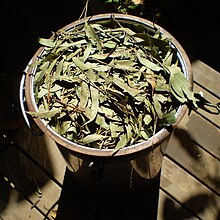
Leaves of
Eucalyptus olida being packed into a steam
distillation unit to gather its
essential oil.
Herbal teas, or tisanes, are the resultant liquid of extracting herbs into water, though they are made in a few different ways.
Infusions are hot water extracts of herbs, such as
chamomile or
mint, through
steeping.
Decoctions are the long-term boiled extracts, usually of harder substances like roots or bark.
Maceration is the cold infusion of plants with high
mucilage-content, such as
sage or
thyme. To make macerates, plants are chopped and added to cold water. They are then left to stand for 7 to 12 hours (depending on herb used). For most macerates, 10 hours is used.
[31] Tinctures are alcoholic extracts of herbs, which are generally stronger than herbal teas.
[32] Tinctures are usually obtained by combining 100% pure ethanol (or a mixture of 100% ethanol with water) with the herb. A completed tincture has an ethanol percentage of at least 25% (sometimes up to 90%).
[31] Herbal wine and
elixirs are alcoholic extract of herbs, usually with an ethanol percentage of 12–38%.
[31] Extracts include liquid extracts, dry extracts, and nebulisates. Liquid extracts are liquids with a lower ethanol percentage than tinctures. They are usually made by vacuum
distilling tinctures. Dry extracts are extracts of plant material that are
evaporated into a dry mass. They can then be further refined to a capsule or tablet.
[31] The exact composition of an herbal product is influenced by the method of extraction. A tea will be rich in
polar components because
water is a
polar solvent. Oil on the other hand is a
non-polar solvent and it will absorb non-polar compounds. Alcohol lies somewhere in between.
[29] 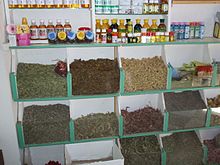
A
herb shop in the
souk of
Marrakesh, Morocco Many herbs are applied topically to the skin in a variety of forms.
Essential oil extracts can be applied to the skin, usually diluted in a carrier oil. Many essential oils can burn the skin or are simply too high dose used straight; diluting them in olive oil or another food grade oil such as almond oil can allow these to be used safely as a topical. Salves, oils,
balms, creams and lotions are other forms of topical delivery mechanisms. Most topical applications are oil extractions of herbs. Taking a food grade oil and soaking herbs in it for anywhere from weeks to months allows certain phytochemicals to be extracted into the oil. This oil can then be made into salves, creams, lotions, or simply used as an oil for topical application. Many massage oils, antibacterial salves, and wound healing compounds are made this way.
[33][
citation needed]
Inhalation, as in
aromatherapy, can be used as a treatment.
[34][35][36] Safety...
For partial list of herbs with known adverse effects, see
List of herbs with known adverse effects.

Datura stramonium has been used in Ayurveda for various treatments, but contains
alkaloids, such as
atropine and
scopolamine, which may cause severe toxicity.
[37] A number of herbs are thought to be likely to cause adverse effects.
[38] Furthermore, "adulteration, inappropriate formulation, or lack of understanding of plant and drug interactions have led to adverse reactions that are sometimes life threatening or lethal.
[39]" Proper double-blind clinical trials are needed to determine the safety and efficacy of each plant before they can be recommended for medical use.
[40] Although many consumers believe that herbal medicines are safe because they are "natural", herbal medicines and synthetic drugs may interact, causing toxicity to the patient. Herbal remedies can also be dangerously contaminated, and herbal medicines without established efficacy, may unknowingly be used to replace medicines that do have corroborated efficacy.
[41] Standardization of purity and dosage is not mandated in the United States, but even products made to the same specification may differ as a result of biochemical variations within a species of plant.
[42] Plants have chemical defense mechanisms against predators that can have adverse or lethal effects on humans. Examples of highly toxic herbs include poison hemlock and nightshade.
[43] They are not marketed to the public as herbs, because the risks are well known, partly due to a long and colorful history in Europe, associated with "sorcery", "magic" and intrigue.
[44] Although not frequent, adverse reactions have been reported for herbs in widespread use.
[45] On occasion serious untoward outcomes have been linked to herb consumption. A case of major potassium depletion has been attributed to chronic licorice ingestion.,
[46] and consequently professional herbalists avoid the use of licorice where they recognize that this may be a risk. Black cohosh has been implicated in a case of liver failure.
[47] Few studies are available on the safety of herbs for pregnant women,
[48] and one study found that use of complementary and alternative medicines are associated with a 30% lower ongoing pregnancy and live birth rate during fertility treatment.
[49] Examples of herbal treatments with likely cause-effect relationships with adverse events include aconite, which is often a legally restricted herb, ayurvedic remedies, broom, chaparral, Chinese herb mixtures, comfrey, herbs containing certain flavonoids, germander, guar gum, liquorice root, and pennyroyal.
[50] Examples of herbs where a high degree of confidence of a risk long term adverse effects can be asserted include ginseng, which is unpopular among herbalists for this reason, the endangered herb goldenseal, milk thistle, senna, against which herbalists generally advise and rarely use, aloe vera juice, buckthorn bark and berry, cascara sagrada bark, saw palmetto, valerian, kava, which is banned in the European Union, St. John's wort, Khat, Betel nut, the restricted herb Ephedra, and Guarana.
[39] There is also concern with respect to the numerous well-established interactions of herbs and drugs.
[39] In consultation with a physician, usage of herbal remedies should be clarified, as some herbal remedies have the potential to cause adverse drug interactions when used in combination with various prescription and
over-the-counter pharmaceuticals, just as a patient should inform a herbalist of their consumption of orthodox prescription and other medication.[
citation needed]
For example, dangerously low blood pressure may result from the combination of an herbal remedy that lowers blood pressure together with prescription medicine that has the same effect. Some herbs may amplify the effects of anticoagulants.
[51] Certain herbs as well as common fruit interfere with cytochrome P450, an enzyme critical to much drug metabolism.
[52] In a 2018 study, FDA identified active
pharmaceutical additives in over 700 of analyzed dietary supplements sold as "herbal", "natural" or "traditional".
[53] The undisclosed additives included "unapproved antidepressants and designer steroids", as well as
prescription drugs, such as
sildenafil or
sibutramine.
Labeling accuracy
A 2013 study found that one-third of herbal supplements sampled contained no trace of the herb listed on the label.
[42] The study found products adulterated with contaminants or
fillers not listed on the label, including potential allergens such as soy, wheat, or black walnut. One bottle labeled as
St. John's Wort was found to actually contain
Alexandrian senna, a laxative.
[42][54] Researchers at the
University of Adelaide found in 2014 that almost 20 per cent of herbal remedies surveyed were not registered with the Therapeutic Goods Administration, despite this being a condition for their sale.
[55] They also found that nearly 60 per cent of products surveyed had ingredients that did not match what was on the label. Out of 121 products, only 15 had ingredients that matched their TGA listing and packaging.
[55] In 2015, the
New York Attorney General issued
cease and desist letters to four major U.S. retailers (
GNC,
Target,
Walgreens, and
Walmart) who were accused of selling herbal supplements that were mislabeled and potentially dangerous.
[56][57] Twenty-four products were tested by
DNA barcoding as part of the investigation, with all but five containing DNA that did not match the product labels.
Practitioners of herbalism
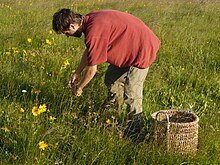
A herbalist gathers the flower heads of
Arnica montana.
Herbalists must learn many skills, including the
wildcrafting or cultivation of herbs, diagnosis and treatment of conditions or dispensing herbal medication, and preparations of herbal medications. Education of herbalists varies considerably in different areas of the world. Lay herbalists and traditional indigenous
medicine people generally rely upon apprenticeship and recognition from their communities in lieu of formal schooling.[
citation needed]
In some countries formalized training and minimum education standards exist, although these are not necessarily uniform within or between countries. For example, in Australia the currently self-regulated status of the profession (as of April 2008) results in different associations setting different educational standards, and subsequently recognising an educational institution or course of training. The National Herbalists Association of Australia is generally recognised as having the most rigorous professional standard within Australia.
[58] In the
United Kingdom, the training of medical herbalists is done by state funded Universities. For example,
Bachelor of Science degrees in herbal medicine are offered at Universities such as
University of East London,
Middlesex University,
University of Central Lancashire,
University of Westminster,
University of Lincoln and
Napier University in Edinburgh at the present.
[33][
citation needed]
Government regulations
The
World Health Organization (WHO), the specialized agency of the United Nations (UN) that is concerned with international public health, published Quality control methods for medicinal plant materials in 1998 in order to support WHO Member States in establishing quality standards and specifications for herbal materials, within the overall context of quality assurance and control of herbal medicines.
[59] In the
European Union (EU), herbal medicines are regulated under the
Committee on Herbal Medicinal Products.
[60] In the
United States, herbal remedies are regulated
dietary supplements by the
Food and Drug Administration (FDA) under
current good manufacturing practice (cGMP) policy for dietary supplements.
[61] Manufacturers of products falling into this category are not required to prove the safety or efficacy of their product so long as they do not make 'medical' claims or imply uses other than as a 'dietary supplement', though the FDA may withdraw a product from sale should it prove harmful.
[62][63] Canadian regulations are described by the Natural and Non-prescription Health Products Directorate which requires an eight-digit Natural Product Number or Homeopathic Medicine Number on the label of licensed herbal medicines or dietary supplements.
[64] Some herbs, such as
cannabis and
coca, are outright banned in most countries though coca is legal in most of the
South American countries where it is grown. The
Cannabis plant is used as an herbal
medicine, and as such is
legal in some parts of the world. Since 2004, the sales of
ephedra as a dietary supplement is prohibited in the United States by the FDA,
[65] and subject to Schedule III restrictions in the United Kingdom.
Scientific criticism
Herbalism has been criticized as a potential "
minefield" of unreliable product quality, safety hazards, and potential for misleading health advice.
[1][2] Globally, there are no standards across various herbal products to authenticate their contents, safety or efficacy,
[42] and there is generally an absence of high-quality scientific research on product composition or effectiveness for anti-disease activity.
[2][66] Presumed claims of therapeutic benefit from herbal products, without rigorous evidence of efficacy and safety, receive skeptical views by scientists.
[1] Unethical practices by some herbalists and manufacturers, which may include false advertising about health benefits on product labels or literature,
[2] and contamination or use of fillers during product preparation,
[42][67] may erode
consumer confidence about services and products.
[68][69] Phytotherapy:
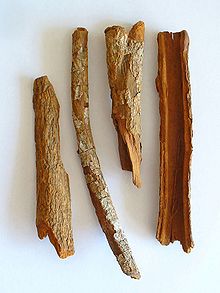
An example of a 'phytotherapeutic' compound: the bark of the
cinchona tree contains
quinine, which today is a widely prescribed treatment for
malaria, especially in countries that cannot afford to purchase more expensive antimalarial drugs
Paraherbalism or phytotherapy is the
pseudoscientific use of
extracts of plant or animal origin as supposed medicines or health-promoting agents.
[1][2][3] Phytotherapy differs from plant-derived medicines in standard
pharmacology because it does not isolate and
standardize the compounds from a given plant believed to be biologically active. It relies on the false belief that preserving the complexity of substances from a given plant with less processing is safer and potentially more effective, for which there is no evidence either condition applies.
[3] Phytochemical researcher
Varro Eugene Tyler described paraherbalism as "faulty or inferior herbalism based on pseudoscience", using scientific terminology but lacking scientific evidence for safety and efficacy. Tyler listed ten
fallacies that distinguished herbalism from paraherbalism, including claims that there is a
conspiracy to suppress safe and effective herbs, herbs can not cause harm, that whole herbs are more effective than molecules isolated from the plants, herbs are superior to drugs, the
doctrine of signatures (the belief that the shape of the plant indicates its function) is valid, dilution of substances increases their potency (a doctrine of the pseudoscience of
homeopathy), astrological alignments are significant, animal testing is not appropriate to indicate human effects,
anecdotal evidence is an effective means of proving a substance works and herbs were created by
God to cure disease. Tyler suggests that none of these beliefs have any basis in fact.
[70][3] Closely related to herbalism, phytotherapy is the intended medical use of plants and plant extracts for therapeutic purposes.
[71][72][73] A possible differentiation with herbalism is that phytotherapy may require constituents in the plant extract be
standardized by adhering to a minimum content of one or several active compounds in the therapeutic product.
[71] Modern phytotherapy may use conventional methods to assess herbal drug quality, but more typically relies on modern processes like
high-performance liquid chromatography (HPLC),
gas chromatography, ultraviolet/visible
spectrophotometry or
atomic absorption spectroscopy to identify species, measure bacteriological contamination, assess potency, and create Certificates of Analysis for the material.
[74] Phytotherapy is distinct from
homeopathy and
anthroposophic medicine, and avoids mixing plant and synthetic bioactive substances. Phytotherapy is regarded by some as
traditional medicine.
[73] Traditional systems See also:
Traditional medicine 
Ready to drink
macerated medicinal liquor with
goji berry,
tokay gecko, and
ginseng, for sale at a traditional medicine market in
Xi'an.
Africa
Main article:
Traditional African medicine Up to 80% of the population in Africa uses traditional medicine as primary health care.
[75] Americas
Native Americans medicinally used about 2,500 of the approximately 20,000 plant species that are native to North America.
[76] Some researchers trained in both western and
traditional Chinese medicine have attempted to deconstruct ancient medical texts in the light of modern science. One idea is that the yin-yang balance, at least with regard to herbs, corresponds to the pro-oxidant and anti-oxidant balance. This interpretation is supported by several investigations of the
ORAC ratings of various yin and yang herbs.
[77][78] India
In
India,
Ayurvedic medicine has quite complex formulas with 30 or more ingredients, including a sizable number of ingredients that have undergone "
alchemical processing", chosen to balance
dosha.
[79] In Ladakh, Lahul-Spiti and Tibet, the
Tibetan Medical System is prevalent, also called the 'Amichi Medical System'. Over 337 species of
medicinal plants have been documented by
C.P. Kala. Those are used by Amchis, the practitioners of this medical system.
[80][81] In
Tamil Nadu, Tamils have their own medicinal system now popularly called
Siddha medicine. The Siddha system is entirely in the
Tamil language. It contains roughly 300,000 verses covering diverse aspects of medicine. This work includes herbal, mineral and metallic compositions used as medicine. Ayurveda is in
Sanskrit, but Sanskrit was not generally used as a mother tongue and hence its medicines are mostly taken from Siddha and other local traditions.
[82] Indonesia

Different types of Indonesian
jamu herbal medicines held in bottles.
In
Indonesia, especially among the
Javanese, the
jamu traditional herbal medicine is an age old tradition preserved for centuries. Jamu is thought to have originated in the
Mataram Kingdom era, some 1300 years ago.
[83] The
bas-reliefs on
Borobudur depicts the image of people grinding herbs with stone
mortar and pestle, a drink seller, a physician and
masseuse treating their clients.
[84] All of these scenes might be interpreted as a traditional herbal medicine and health-related treatments in ancient Java. The Madhawapura inscription from
Majapahit period mentioned a specific profession of herbs mixer and combiner (herbalist), called Acaraki.
[84] The medicine book from
Mataram dated from circa 1700 contains 3,000 entries of jamu herbal recipes, while Javanese classical literature
Serat Centhini (1814) describes some jamu herbal concoction recipes.
[84] Though highly possible influenced by Indian
Ayurveda system, Indonesia is a vast archipelago with numerous indigenous plants not to be found in India, which include plants similar to
Australia beyond the
Wallace Line. Indonesians might experimented and figure out the medicinal uses of these native herbal plants. Jamu may vary from region to region, and often not written down, especially in remote areas of the country.
[85] Although primarily herbal, materials acquired from animals, such as
honey,
royal jelly,
milk and
ayam kampung eggs are also often used in jamu.
Herbal philosophy and spiritual practices
This article is part of
a series on
Fringe medicine and
medical conspiracy theories
According to Eisenburg: “The
Chinese and Western medical models are like two frames of reference in which identical phenomena are studied. Neither frame of reference provides an unobstructed view of health and illness. Each is incomplete and in need of refinement." Specifically, the traditional Chinese medical model could effect change on the recognized and expected phenomena of detachment to patients unique to the clinical relationships between patient and physician of the Western school of medicine.
[86] Four approaches to the use of plants as medicine include:
[87] The magical/shamanic— Almost all societies, with the exception of cultures influenced by Western-style industrialization, recognize this kind of use. The practitioner is regarded as endowed with gifts or powers that allow him/her to use herbs in a way that is hidden from the average person, and the herbs are said to affect the spirit or soul of the person.
The energetic— This approach includes the major systems of
traditional Chinese medicine,
Ayurveda, and
Unani. Herbs are regarded as having actions in terms of their energies and affecting the energies of the body. The practitioner may have extensive training, and ideally be sensitive to energy, but need not have
supernatural powers.
The functional dynamic— This approach was used by early physiomedical practitioners, whose doctrine forms the basis of contemporary practice in the UK. Herbs have a functional action, which is not necessarily linked to a physical compound, although often to a physiological function, but there is no explicit recourse to concepts involving energy.
The chemical— Modern phytotherapists attempt to explain herb actions in terms of their chemical constituents. It is generally assumed that the specific combination of secondary metabolites in the plant are responsible for the activity claimed or demonstrated, a concept called synergy.
Herbalists tend to use extracts from parts of plants, such as the roots or leaves but not isolate particular phytochemicals.
[88] Pharmaceutical medicine prefers single ingredients on the grounds that dosage can be more easily quantified. It is also possible to patent single compounds, and therefore generate income. Herbalists often reject the notion of a single active ingredient, arguing that the different phytochemicals present in many herbs will interact to enhance the therapeutic effects of the herb and dilute toxicity.
[74] Furthermore, they argue that a single ingredient may contribute to multiple effects. Herbalists deny that herbal synergism can be duplicated with synthetic chemicals They argue that phytochemical interactions and trace components may alter the drug response in ways that cannot currently be replicated with a combination of a few potentially active ingredients.
[89] Pharmaceutical researchers recognize the concept of
drug synergism but note that clinical trials may be used to investigate the efficacy of a particular herbal preparation, provided the formulation of that herb is consistent.
[90] In specific cases the claims of synergy
[91] and multifunctionality
[92] have been supported by science. The open question is how widely both can be generalized. Herbalists would argue that cases of synergy can be widely generalized, on the basis of their interpretation of evolutionary history, not necessarily shared by the pharmaceutical community. Plants are subject to similar selection pressures as humans and therefore they must develop resistance to threats such as radiation,
reactive oxygen species and microbial attack in order to survive.
[93] Optimal chemical defenses have been selected for and have thus developed over millions of years.
[94] Human diseases are multifactorial and may be treated by consuming the chemical defences that they believe to be present in herbs. Bacteria, inflammation, nutrition and reactive oxygen species may all play a role in arterial disease.
[95] Herbalists claim a single herb may simultaneously address several of these factors.
[96] In short herbalists view their field as the study of a web of relationships rather than a quest for single cause and a single cure for a single condition.
In selecting herbal treatments herbalists may use forms of information that are not applicable to pharmacists. Because herbs can moonlight as vegetables, teas or spices they have a huge consumer base and large-scale epidemiological studies become feasible. Ethnobotanical studies are another source of information.
[97] Herbalists contend that historical medical records and herbals are underutilized resources.
[98] They favor the use of convergent information in assessing the medical value of plants. An example would be when in-vitro activity is consistent with traditional use.
Uses of herbal medicines by animals
Main article:
Zoopharmacognosy Indigenous healers often claim to have learned by observing that sick animals change their food preferences to nibble at bitter herbs they would normally reject.
[99] Field biologists have provided corroborating evidence based on observation of diverse species, such as
chickens,
sheep,
butterflies, and chimpanzee. The habit[
which?] has been shown to be a physical means of purging intestinal parasites.
Lowland gorillas take 90%[
verification needed] of their diet from the fruits of
Aframomum melegueta, a relative of the
ginger plant, that is a potent
antimicrobial and apparently keeps
shigellosis and similar infections at bay.
[100] Current research focuses on the possibility that this plants also protects gorillas from fibrosing cardiomyopathy which has a devastating effect on captive animals.
[101] Sick animals tend to forage plants rich in
secondary metabolites, such as
tannins and
alkaloids.
[102] Since these
phytochemicals often have
antiviral,
antibacterial,
antifungal and
antihelminthic properties, a plausible case can be made for self-medication by animals in the wild.
[100] .











